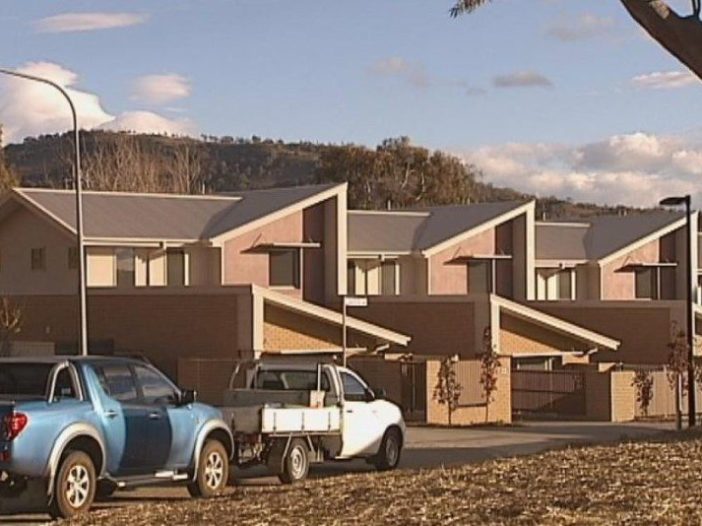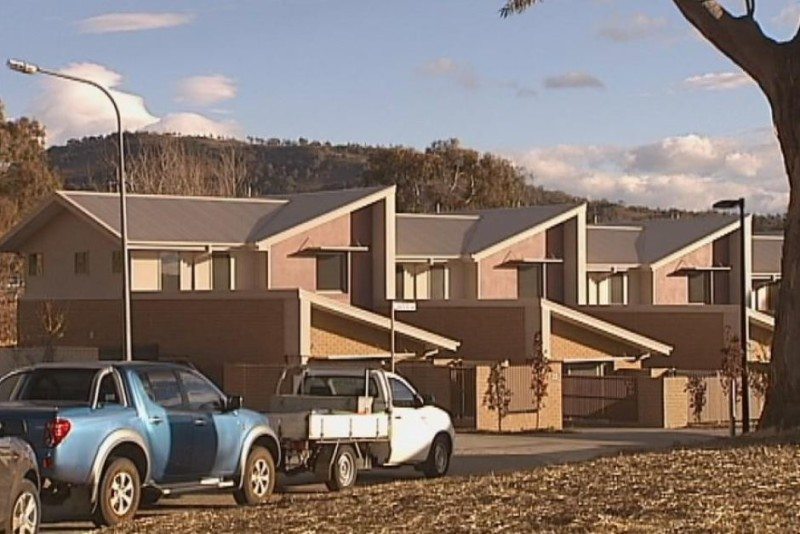
The Clean Energy Finance Corporation has announced a major new program to help drive the construction of market-leading energy efficient community housing in Australia’s cities and suburbs.
The $250 million Community Housing Program, announced both by the CEFC and the federal government on Tuesday, is expected to help build as many as 1,000 new energy efficient dwellings Australia-wide, via Community Housing Providers.
Finance to retrofit existing buildings – many of which have energy ratings as low as two stars – will also be made available to improve energy efficiency and cut bills for tenants.
The announcement of the new program was accompanied by the release of a CEFC market report, that identified a major shortage of social housing in Australia, with more than 200,000 approved applicants on waiting lists nationwide.
It also found that – due to this rate of demand – there was likely to be a significant requirement for debt finance to support new development – development that, the CEFC said, should be built to ambitious energy efficiency standards.
“Evidence indicates that low-income households tend to live in buildings with poorer energy efficiency, leading to higher energy costs. Poor building energy efficiency and high energy costs can have significant financial and health effects on households in community housing,” the report says.

“There are many energy efficiency improvements with payback periods of five years or less that can be incorporated into the building fabric during construction. New-build community housing should be designed to ambitious energy efficiency standards and the existing stock should be refurbished to improve energy efficiency.
“While energy efficiency improvements involve upfront costs, more energy efficient community housing would lower energy bills and increase thermal comfort, improving households’ financial, health andcarbon emissions.”
The program will work by giving Community Housing Providers access to long-term debt finance aligned to their portfolio needs. This can be used to complement funding or finance sourced from other state government initiatives or co-financiers.
“Over the next year, our goal is to help finance the construction of 1,000 new dwellings, built to an average seven-star rating under the Nationwide Housing Energy Rating Scheme (NatHERS),” said CEFC Community Housing Sector Lead Victoria Adams.
“With this standard, energy use can be reduced by an estimated 25 per cent, tenants and building owners.”
According to the CEFC, buildings with a seven-star NatHERS rating may use a range of measures to improve energy efficiency, including energy efficient building materials, double glazed windows, high quality insulation and ventilation to reduce heating and cooling needs.
Of course this is not the CEFCs first foray into the community housing sector. The new program builds on the green bank’s earlier $60 million long-term senior debt commitment to St George Housing Cooperative to finance the construction of more than 200 new energy efficient homes in Sydney’s south for low-income earners, including essential service workers and school and hospital staff.
Speaking at the federal government’s Senate Estimates Committee hearing on Monday, CEFC CEO Oliver Yates said the experience – and the findings of the report – were a reminder of the work that needs to be done in Australia in raising the standards of building efficiency.
“Buildings around this country all need to be built to the highest star rating,” Yates told the Committee. “To the extent we can encourage that it is critical.
“At the moment… there are only 16 or 18 (commercial) buildings in Australia that are built to 6 stars. That’s all. We are miles behind the rest of the world.
“It’s the same in infrastructure… We’re going to be spending $200 billion on infrastructure in the next four years and the ratings there don’t exist. There’s a lot of work to do,” he said.
“We think that (the Community Housing Program) is an important step forward. This hopefully would be the first area…but it should apply to old age homes, it should apply to improving our hospitals… We’ve got to improve all of our buildings, and if we can do it with government finance in a way that generates a positive return for taxpayers, we’ve got to get on with it,” Yates said.

Sophie is editor of One Step Off The Grid and deputy editor of its sister site, Renew Economy. Sophie has been writing about clean energy for more than a decade.



